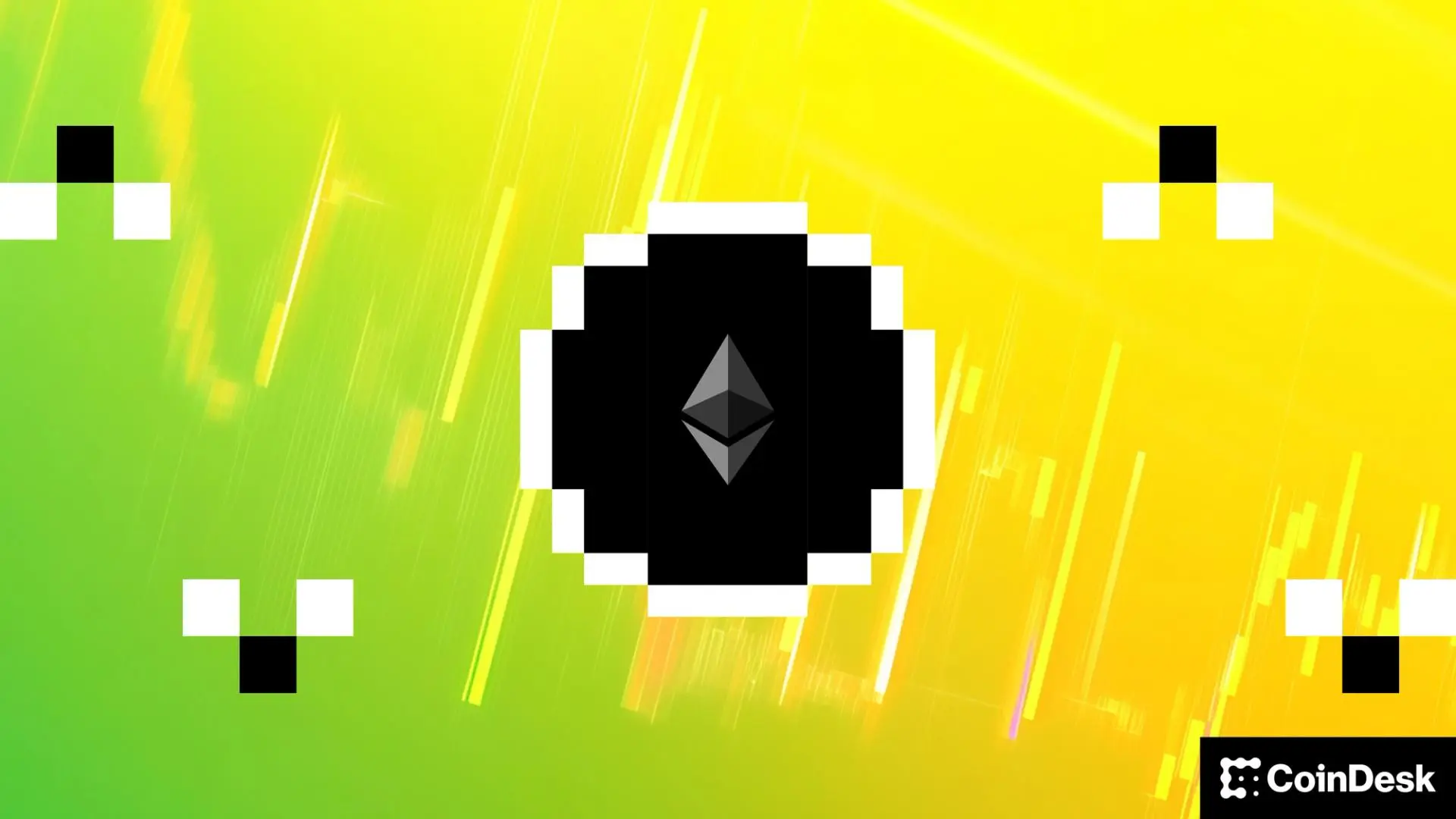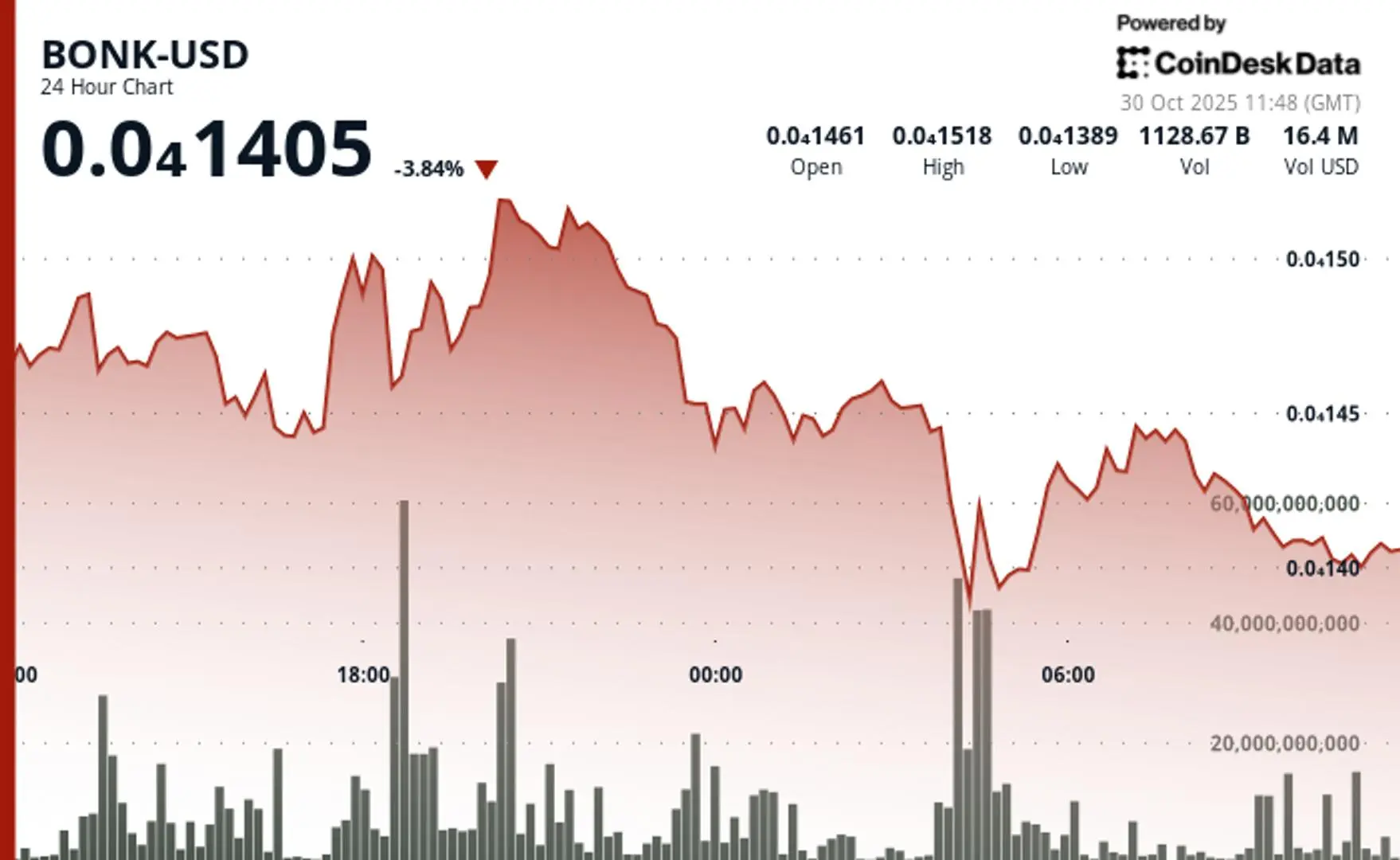Since October, Visa has significantly accelerated its actions in the direction of stablecoins and crypto payments. The company has launched a stablecoin prepaid pilot under the Visa Direct framework, aiming to provide enterprise clients with faster and more flexible cross-border fund management solutions. This initiative marks the formal inclusion of stablecoin settlement capabilities into Visa's global payment network core architecture.
On the underlying technology level, Visa continues to expand its settlement platform to support various USD and EUR-dominated stablecoins and enhance compatibility with different blockchain networks. This transformation provides issuing banks, acquiring banks, and payment processing institutions with more options in settlement methods, allowing them to switch between traditional clearing systems and on-chain settlements based on transaction needs, thereby reducing friction in cross-border fund flows.
In terms of commercialization, Visa is also promoting front-end application implementation through partnerships. In some regions, Visa cards supporting stablecoin settlements have been piloted, allowing users to spend stablecoins at regular merchants, with the backend system automatically completing fiat currency conversion and settlement. This has turned the concept of "spending with stablecoins" from a technical idea into a concrete scenario, marking an important step for crypto payments to penetrate everyday life.
At the same time, Visa's collaboration with custodians and financial infrastructure service providers is deepening. To ensure the security and compliance of stablecoin settlement processes, several partners are testing regulated custodial stablecoin reserve schemes, paving the way for larger-scale commercialization in the future. Such collaborations reflect the market's general demand for compliant custody, fund transparency, and controllable risks.
Regulatory aspects remain a key factor influencing the pace of this business. Recently, the United States, the United Kingdom, and the European Union have introduced new regulations regarding the custody, disclosure, and transaction monitoring of crypto assets. Payment networks must meet increasingly stringent regulatory requirements when designing stablecoin settlement mechanisms. Therefore, most of Visa's projects are still in the pilot or institution-specific stages to verify process and technology reliability in a controlled environment.
From the perspective of merchants and enterprise clients, the potential of stablecoin settlements lies in improving fund operation efficiency, shortening settlement cycles, and reducing foreign exchange friction and intermediary costs. Although these advantages are currently mainly reflected in enterprise-level use cases, if technology matures and regulations ease, they may also extend to small and medium-sized merchants and consumers in the future.
At the industry level, Visa's layout is triggering a chain reaction. Competitors and banking institutions are launching their own blockchain settlement pilots or collaborating with stablecoin issuers. This trend is driving the entire payment industry to redefine the structure of clearing and cross-border payments, making blockchain not just a synonym for "emerging technology," but a component of financial infrastructure.
For participants, the next key step is to maintain a strategy that balances caution and flexibility. Payment platforms and issuing institutions should assess the compliance risks of technology integration, ensuring that internal audit and monitoring mechanisms are robust; corporate finance departments can focus on the potential value of stablecoin settlements in cross-border fund management; and regulatory bodies need to maintain communication with the industry, seeking a balance between safety and innovation.
In conclusion: Visa's crypto payment strategy is no longer just an exploration of cutting-edge technology, but a systematic project centered around "mainstreaming." From pilot to commercialization, stablecoins are shifting from peripheral assets to core modules of the payment system. In the coming years, this process may profoundly change the way global funds circulate and provide a realistic path for the integration of traditional finance and blockchain.
Related: Bitwise Solana Staking ETF attracts $223 million on its first day, showing strong institutional demand.
Original: “Visa's Crypto Payment Acceleration: Stablecoin Settlement Goes Mainstream”
免责声明:本文章仅代表作者个人观点,不代表本平台的立场和观点。本文章仅供信息分享,不构成对任何人的任何投资建议。用户与作者之间的任何争议,与本平台无关。如网页中刊载的文章或图片涉及侵权,请提供相关的权利证明和身份证明发送邮件到support@aicoin.com,本平台相关工作人员将会进行核查。




